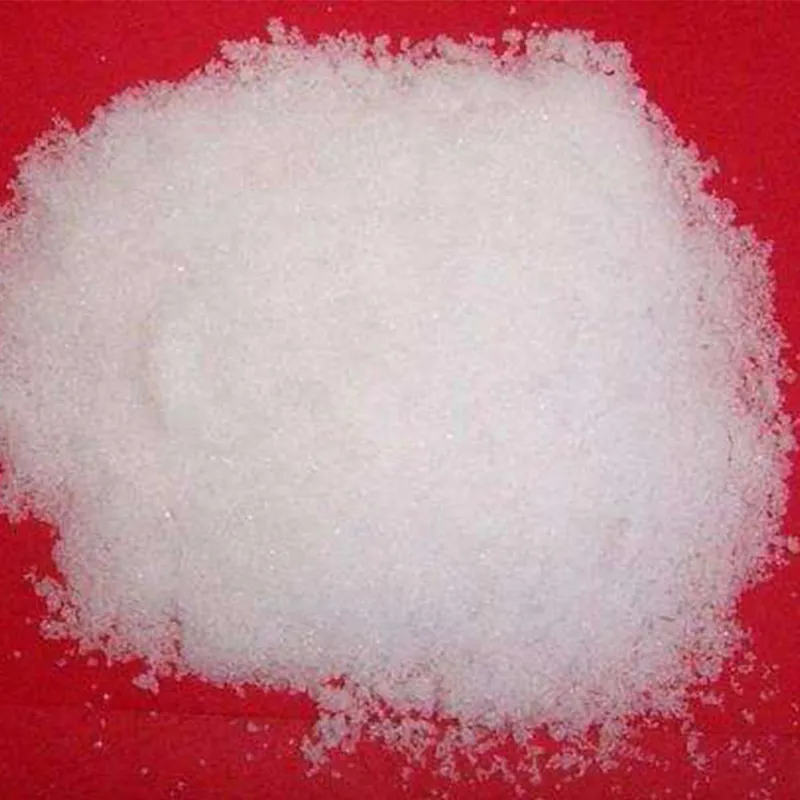
bulk glyphosate
Glyphosate 540 Understanding Its Use and Effects

Glyphosate 540 stands as one of the most pivotal herbicides utilized in agricultural practices today. Its widespread application, especially in high-yield crop production, makes understanding its efficacy, safety, and potential impacts crucial for both farmers and consumers. Glyphosate, in its 540g/L formulation, represents a potent and efficient tool used primarily for weed control, ensuring crops do not face competition from invasive plant species. For over four decades, glyphosate has been a linchpin in agricultural sectors globally. Its mechanism involves inhibiting a specific enzyme pathway (the shikimic acid pathway), essential for plant growth. Humans and animals lack this pathway, which is partly why glyphosate is touted as safe when used as directed. While its basic mode of action hasn’t changed, the concentrations and formulations available—such as Glyphosate 540—have been refined to improve effectiveness while minimizing environmental impact.
The utility of Glyphosate 540 in farming cannot be overstated. It offers pre- and post-emergence weed control, meaning it can be applied before planting or after crops emerge, providing farmers with flexibility. The 540g/L formulation ensures a higher concentration, which translates to fewer applications, saving time and reducing operational costs. For farmers, consistent results mean reliable yields, which is key in an industry with razor-thin margins. However, the use of Glyphosate 540 extends beyond commercial agriculture. It is also a valuable tool in managing weeds in urban environments, parks, and home gardens. Yet, despite its advantages, public opinions around glyphosate use can be polarized. Headlines around lawsuits and debates about its carcinogenic potential have placed it under scrutiny. Nevertheless, regulatory agencies like the U.S. Environmental Protection Agency (EPA) and the European Food Safety Authority (EFSA) maintain its safety when used according to guidelines.glyphosate 540Scientific studies confirm that glyphosate, including its 540 formulation, binds tightly to soil particles, meaning it rarely leaches into groundwater. This attribute is pivotal for maintaining environmental health. Moreover, by aiding in no-till farming practices, glyphosate use can help reduce soil erosion and enhance carbon sequestration, contributing to sustainable farming practices. Real-world applications demonstrate glyphosate’s practicality and trustworthiness. Farmers recount transitioning to glyphosate-tolerant crops and witnessing reduced input costs and increased yields. This is further supported by agronomists who point to long-term soil health benefits and improved efficiency in nutrient use. Such firsthand accounts underscore glyphosate’s role as an integral part of modern farming. Despite its proven benefits, ongoing education about glyphosate's safe and effective use remains critical. Agricultural experts advocate for its role, but they also stress the importance of adhering to safety protocols, such as wearing protective equipment during application and adhering to re-entry intervals post-application. These measures are instrumental in minimizing any perceived risks associated with glyphosate use. In conclusion, Glyphosate 540 is a potent herbicide that supports sustainable agricultural practices, highlighting its dual role in effective weed management and promoting environmental stewardship. While debates continue, its benefit to farmers, both economically and in terms of yield reliability, serve to highlight its importance in the agricultural sector. Advocacy for its regulated use based on scientific evidence ensures that it remains a cornerstone of modern agronomy, showcasing the delicate balance between innovation and safety.
-
Zinc for Sale: Your Essential ResourceNewsJun.04,2025
-
Thiamethoxam Insecticide: A Smart Choice for Crop ProtectionNewsJun.04,2025
-
Sodium Hydroxide: Your Essential Chemical SolutionNewsJun.04,2025
-
Hydrazine Hydrate: Your Essential ChemicalNewsJun.04,2025
-
DMSO for Sale: Powerful Solvent, Practical UsesNewsJun.04,2025
-
Acetamiprid Insecticide: New-Gen Protection That WorksNewsJun.04,2025
-
Using Potassium Permanganate in Laboratory SettingsNewsApr.28,2025





















